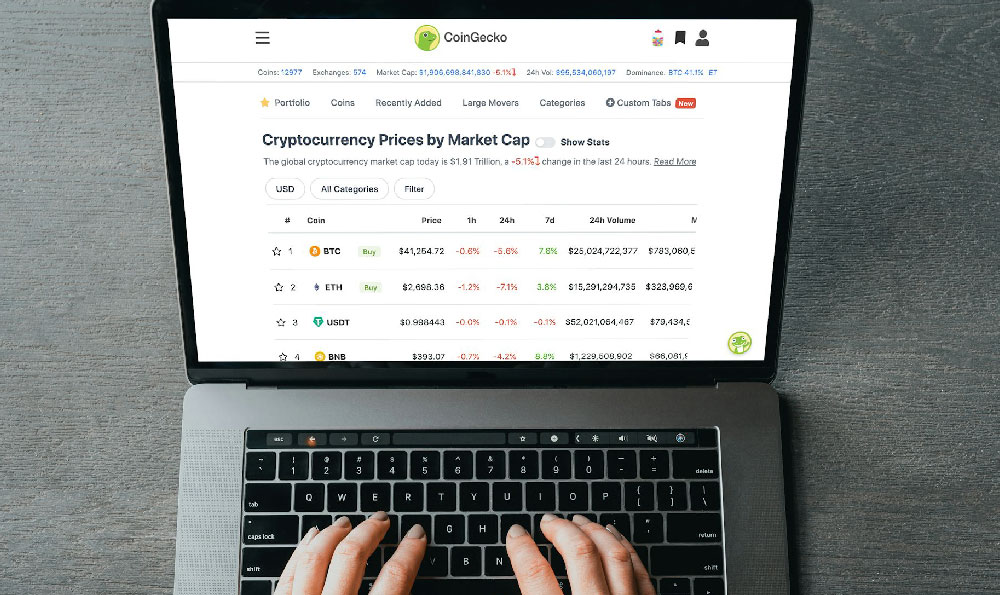How Does Etsy Generate Revenue: What Are Their Income Streams?

Etsy, the vibrant online marketplace connecting independent artisans and craft enthusiasts with millions of buyers worldwide, doesn't just thrive on artistic passion; it’s also built on a robust and diversified revenue model. Understanding how Etsy generates its income is crucial for anyone interested in the platform, whether they are a seller, buyer, investor, or simply curious about the e-commerce landscape. Etsy's revenue streams are meticulously designed to create a symbiotic relationship between the platform and its users, fostering growth for both.
The cornerstone of Etsy's revenue generation is its transaction fees. Whenever a seller makes a sale on Etsy, a percentage of the total sale price (including shipping and gift wrapping, if applicable) is levied as a transaction fee. This is a direct reflection of Etsy's role as a facilitator, connecting buyers and sellers and providing a platform for commerce. This fee model is widely used in e-commerce and is a direct incentive for Etsy to increase sales volume on the platform, as their revenue directly correlates with the success of its sellers. The simplicity and clarity of this fee structure make it transparent and easily understood by users, promoting trust and encouraging participation.
Beyond transaction fees, Etsy also levies a listing fee for each item that a seller puts up for sale on the platform. This is a small, fixed fee charged per listing, and listings are typically active for a set period (usually four months). This listing fee, while seemingly insignificant on an individual basis, contributes significantly to Etsy's overall revenue due to the sheer volume of listings on the platform. It also incentivizes sellers to actively manage their inventory and remove items that are no longer relevant, ensuring a fresh and engaging marketplace for buyers. Furthermore, the listing fee acts as a minor barrier to entry, potentially discouraging low-quality or mass-produced goods that are not in line with Etsy's focus on handmade and vintage items. This curated approach helps maintain the platform's unique identity and appeal to its target audience.

Etsy recognizes that sellers often need additional support to maximize their visibility and sales potential. Therefore, they offer a range of optional services that generate significant revenue. One of the most prominent of these is Etsy Ads. Sellers can choose to pay for their listings to be prominently displayed in search results, both on Etsy and on external platforms. This pay-per-click advertising model allows sellers to target specific keywords and reach a wider audience, while simultaneously providing Etsy with a valuable source of advertising revenue. The effectiveness of Etsy Ads depends on various factors, including the relevance of the product, the quality of the listing, and the competitiveness of the chosen keywords. However, for many sellers, it is a worthwhile investment that can significantly boost their sales.
In addition to Etsy Ads, Etsy offers a subscription service called Etsy Plus. This optional subscription provides sellers with a suite of tools and resources designed to help them grow their businesses. Etsy Plus subscribers gain access to enhanced customization options for their shop, advanced analytics, listing credits, and other perks. While not all sellers require or benefit from Etsy Plus, it is a valuable option for those who are serious about scaling their operations and establishing a strong brand presence on the platform. This subscription model provides Etsy with a recurring revenue stream and demonstrates their commitment to supporting their sellers' success.
Etsy has also strategically diversified its revenue streams through acquisitions. One notable example is the acquisition of Reverb, an online marketplace specializing in musical instruments. Reverb operates independently of Etsy but contributes significantly to Etsy's overall revenue and expands its reach into a new market segment. This acquisition demonstrates Etsy's willingness to explore new opportunities and leverage its existing platform to expand its business. Furthermore, it showcases the platform's understanding of niche markets and its ability to cater to specific communities.
Another area where Etsy generates revenue is through payment processing fees. While Etsy offers various payment options to buyers, they also process these payments themselves, charging a small fee for each transaction. This fee covers the costs associated with processing payments securely and efficiently, and it contributes to Etsy's overall revenue stream. The payment processing fees ensure that sellers receive their payments promptly and securely, fostering trust and confidence in the platform.
Etsy continuously explores new ways to generate revenue and enhance its platform for both buyers and sellers. They are constantly experimenting with new features, services, and partnerships to stay ahead of the curve and maintain their competitive advantage in the e-commerce landscape. Their focus on fostering a strong community, providing valuable tools and resources, and offering a unique shopping experience ensures that they remain a leading destination for handmade, vintage, and creative goods. By carefully balancing the needs of both buyers and sellers, Etsy has created a sustainable revenue model that allows them to thrive and continue supporting the creative economy. The strategic blend of transaction fees, listing fees, optional services, and strategic acquisitions paints a picture of a dynamic company that is not only generating revenue but also reinvesting it back into the platform to enhance the user experience and foster growth for everyone involved. Ultimately, understanding Etsy's revenue streams provides valuable insight into the platform's business model and its commitment to supporting the creative community.















